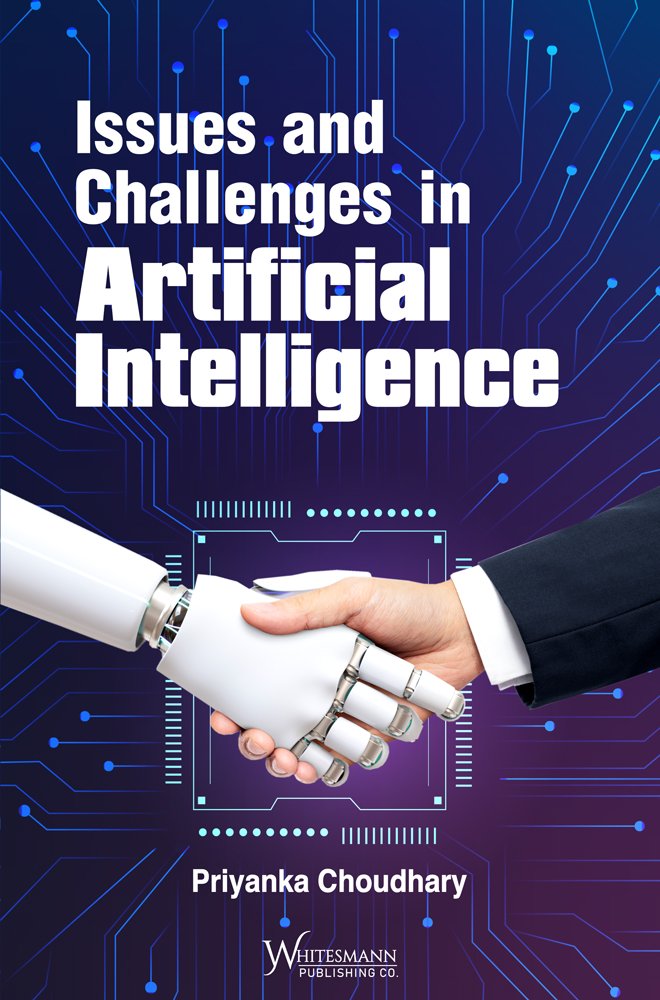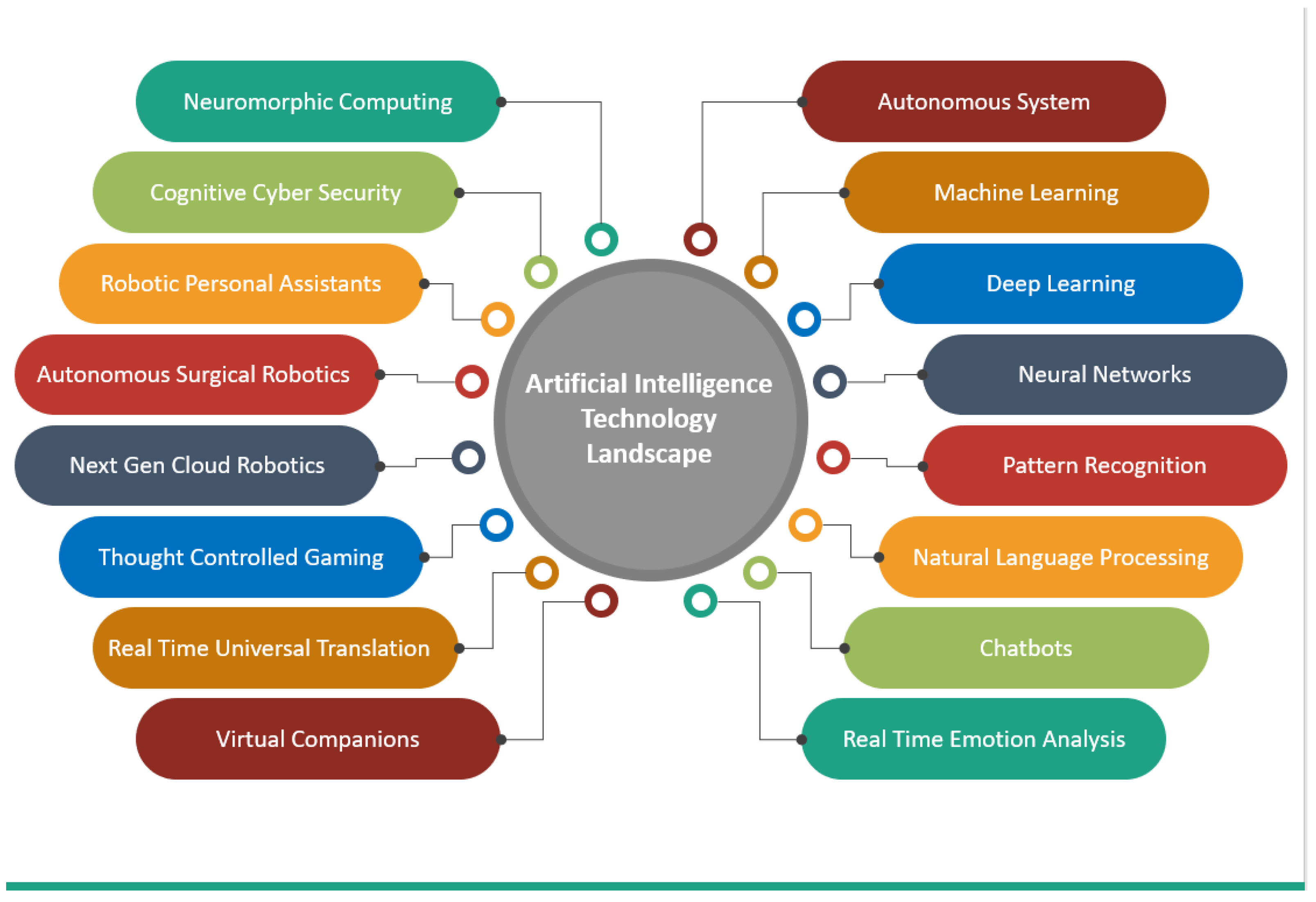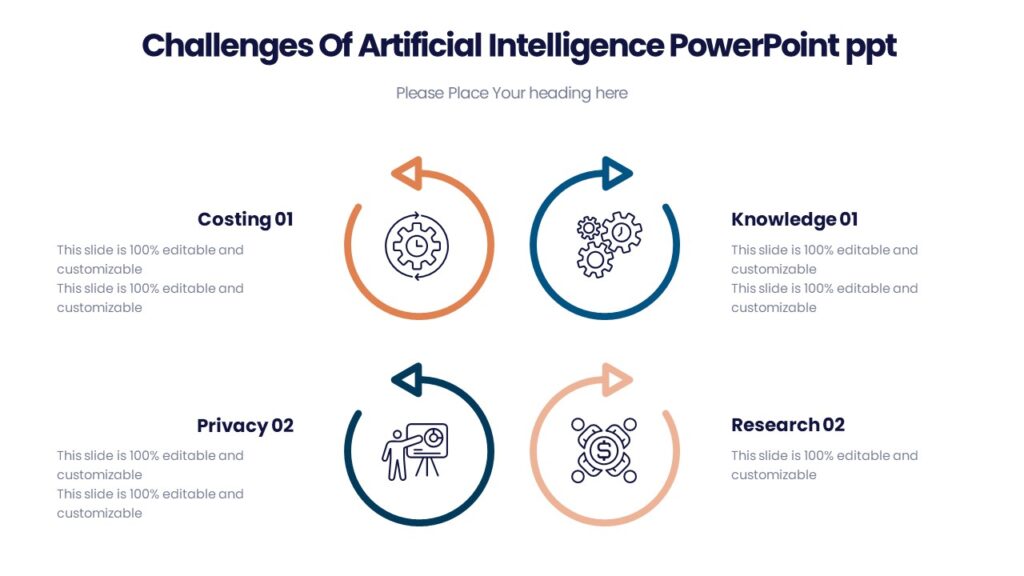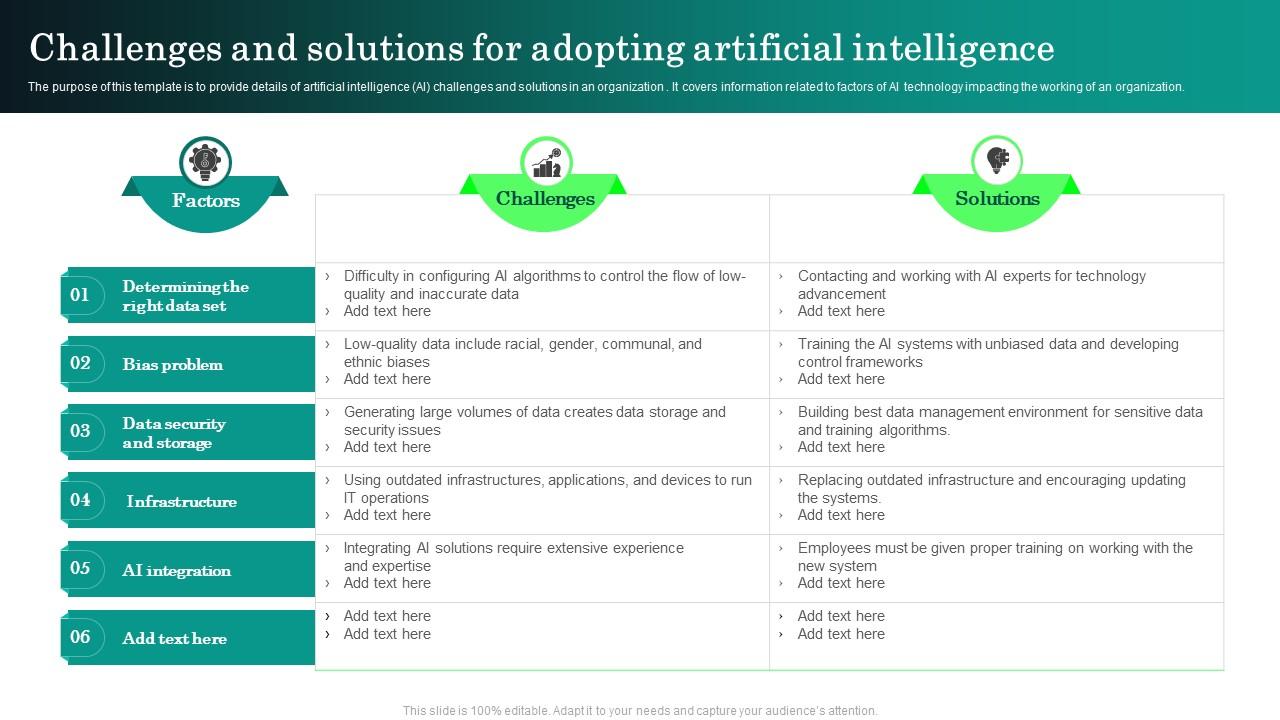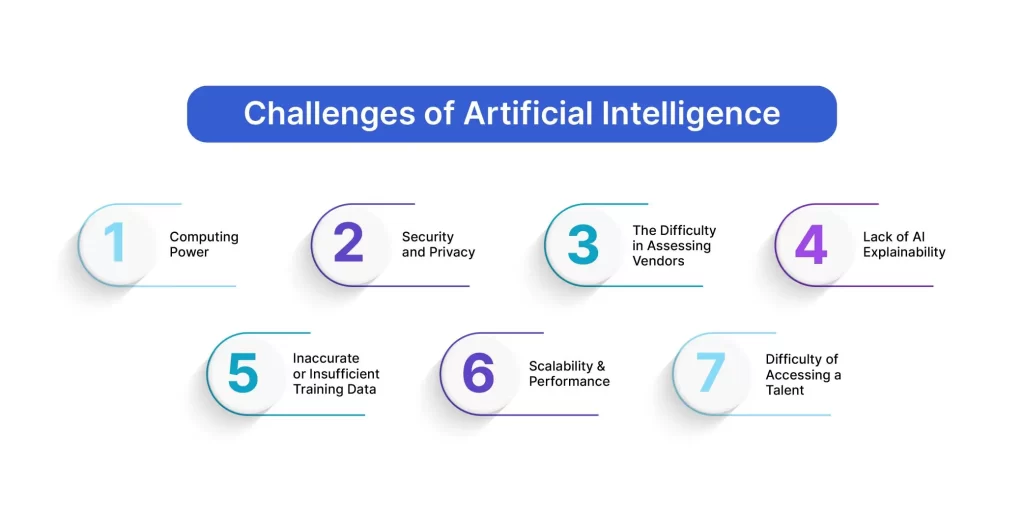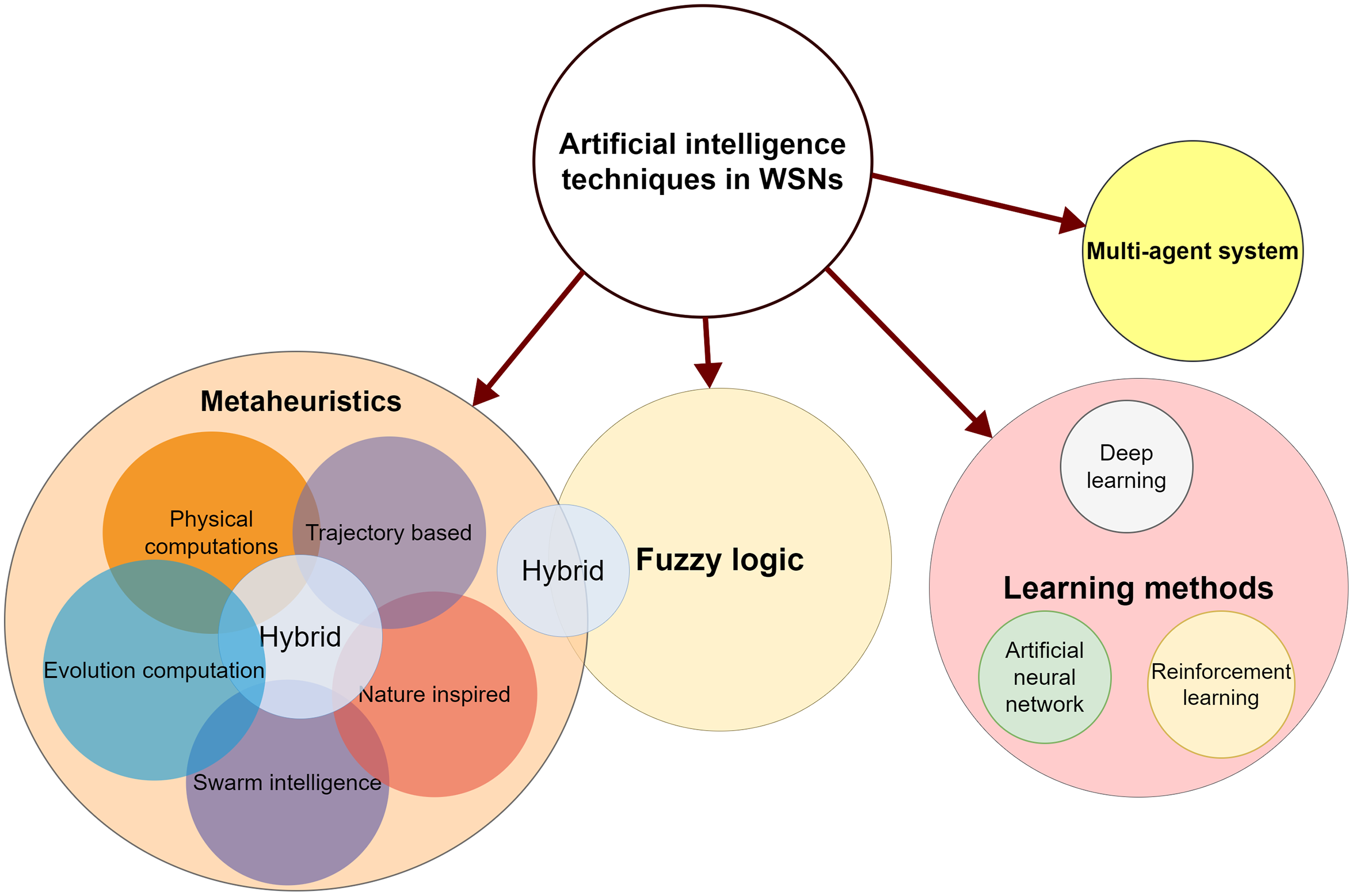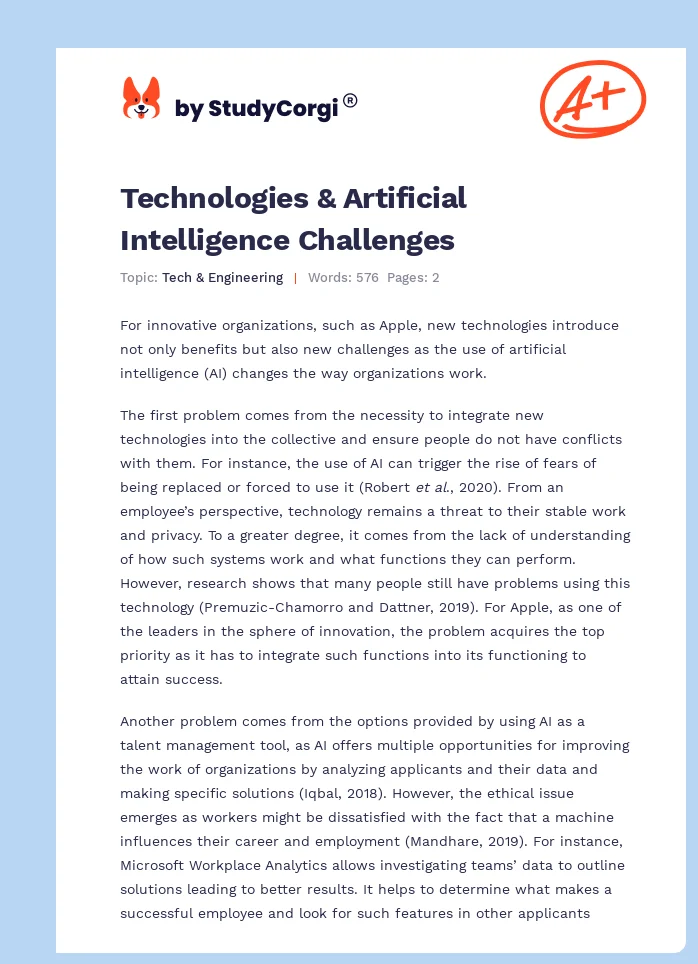Artificial Intelligence Hardware Design Challenges And Solutions Pdf
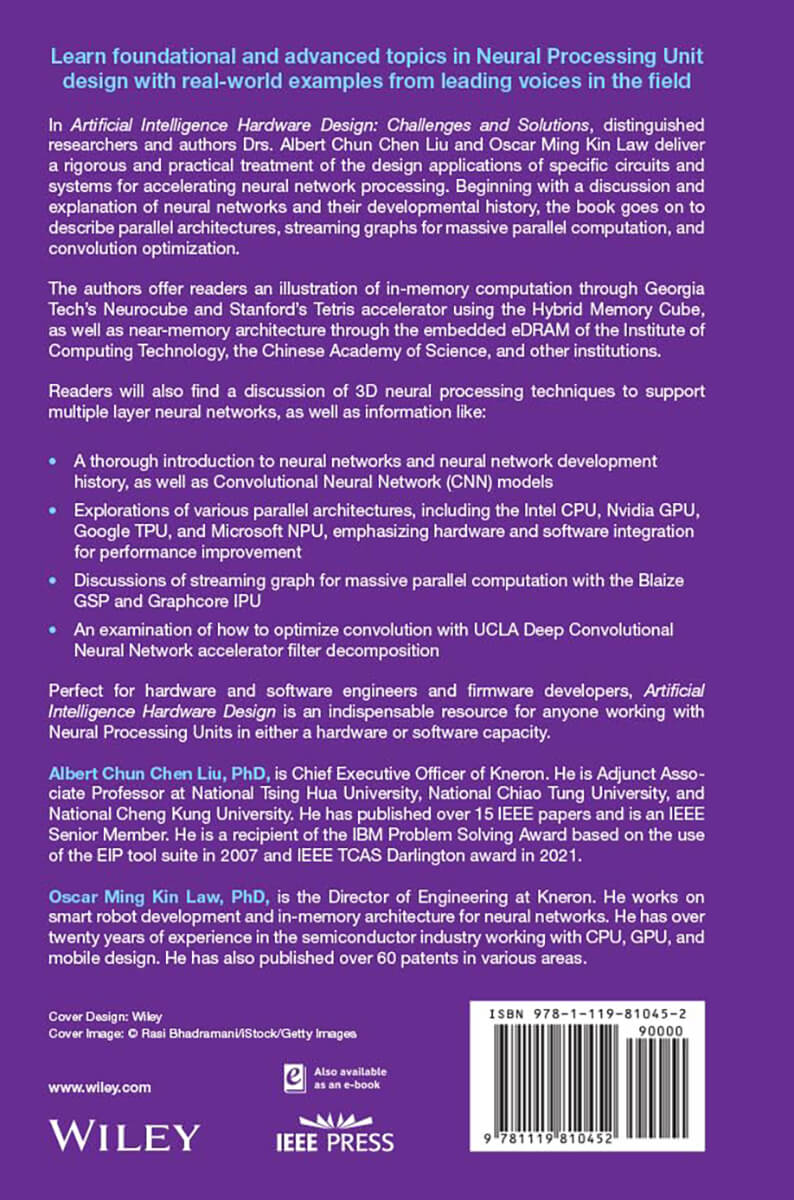
The relentless march of artificial intelligence is hitting a critical bottleneck: hardware. Existing silicon architectures struggle to keep pace with the exponentially increasing demands of AI algorithms, demanding urgent innovation.
This article dissects the key challenges in AI hardware design, drawing from recent research and industry reports, and explores potential solutions that are racing to market.
The AI Hardware Crisis: Power, Performance, and Scalability
AI models, especially deep learning networks, require immense computational power. Conventional CPUs and GPUs, while powerful, were not designed for the specific matrix multiplication operations that underpin AI, leading to power inefficiencies and performance limitations.
Challenge 1: Data Movement Bottleneck
One of the biggest roadblocks is the "memory wall." Data needs to be constantly shuttled between memory and processing units, consuming energy and time. This data movement bottleneck severely restricts performance.
Architectures like "near-memory computing" are emerging to tackle this. They aim to integrate processing closer to the memory, minimizing data transfer distances.
Challenge 2: Energy Consumption
Training large AI models is incredibly energy-intensive. A single training run can consume as much power as several households use in a year.
This unsustainable energy demand necessitates innovative solutions. Researchers are exploring neuromorphic computing, inspired by the energy-efficient brain, as a potential solution.
Challenge 3: Scalability
Scaling AI hardware to meet growing demands is a major hurdle. Simply adding more CPUs or GPUs isn't a viable long-term solution.
Specialized AI accelerators are needed to provide better solution. These accelerators, often based on ASICs (Application-Specific Integrated Circuits) or FPGAs (Field-Programmable Gate Arrays), are optimized for specific AI tasks.
Emerging Solutions: A Hardware Renaissance
The AI hardware landscape is undergoing rapid transformation. New architectures and technologies are constantly being developed to address the challenges.
Solution 1: Specialized AI Accelerators
Companies like Nvidia, AMD, Intel, and Google are heavily invested in developing AI accelerators. These chips are designed from the ground up for AI workloads.
Google's Tensor Processing Unit (TPU) is a prime example. It delivers significantly better performance and energy efficiency compared to general-purpose processors for TensorFlow models.
Solution 2: Neuromorphic Computing
Neuromorphic chips mimic the structure and function of the human brain. They use spiking neural networks to process information in a more energy-efficient way.
IBM's TrueNorth and Intel's Loihi are leading examples of neuromorphic chips. They show promise for tasks like pattern recognition and real-time decision-making.
Solution 3: In-Memory Computing
In-memory computing eliminates the data movement bottleneck by performing computations directly within the memory chip. This drastically reduces energy consumption and improves performance.
Various approaches are being explored, including resistive RAM (ReRAM) and processing-in-memory (PIM) architectures. The goal is to have processing unit located next to memory storage.
Solution 4: Advanced Packaging and Interconnects
Advanced packaging technologies like 3D stacking are enabling denser and more efficient integration of components. High-bandwidth interconnects are also crucial for fast communication between different chips.
These technologies improve the performance and energy efficiency. They are critical for scaling AI systems.
The Road Ahead: Collaboration and Innovation
The future of AI hardware hinges on continued innovation and collaboration between researchers, engineers, and industry leaders. Overcoming the current challenges requires a multi-faceted approach.
This includes developing new algorithms, architectures, and materials. The race to build the ultimate AI hardware is far from over, and the stakes are incredibly high.
Further research into power optimization techniques will be critical. Ongoing development and deployment of specialized AI accelerators and more efficient architectures are crucial steps.

![Artificial Intelligence Hardware Design Challenges And Solutions Pdf Artificial Intelligence with IOT: Key challenges[13] | Download](https://www.researchgate.net/profile/Arun-Kumar-139/publication/339024348/figure/fig1/AS:895457916112898@1590505212378/Artificial-Intelligence-with-IOT-Key-challenges13.jpg)


